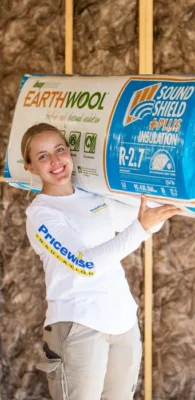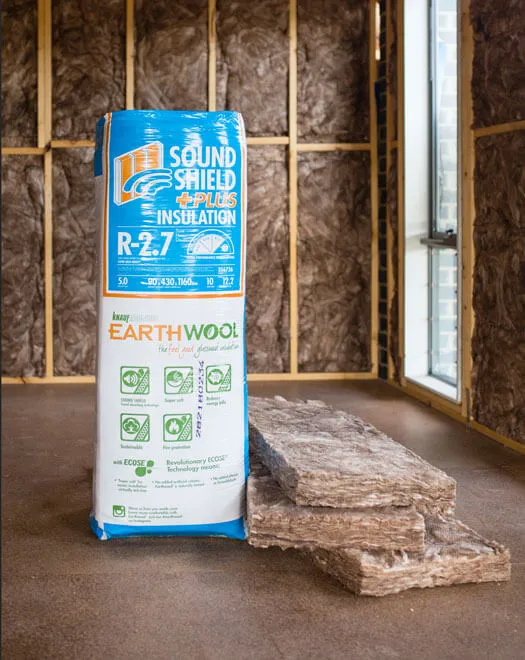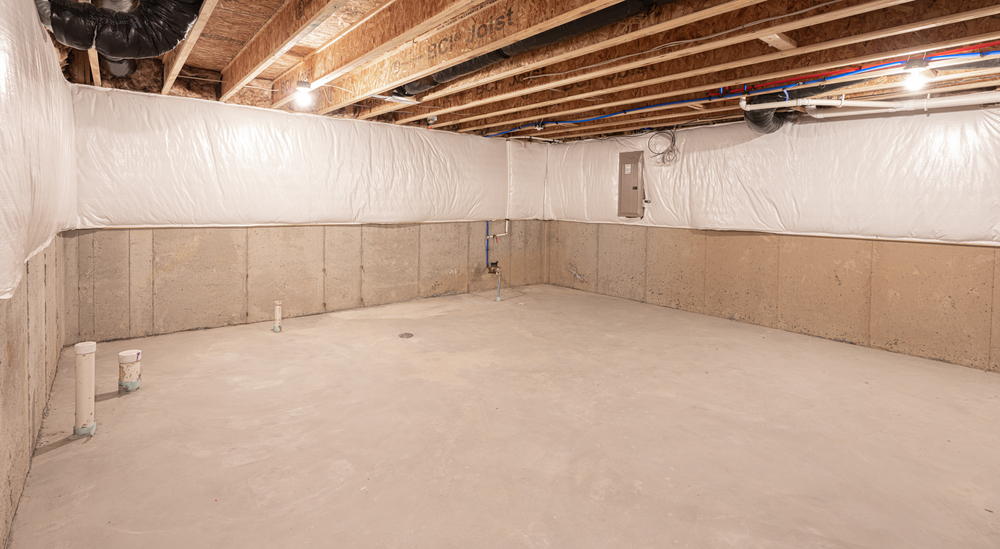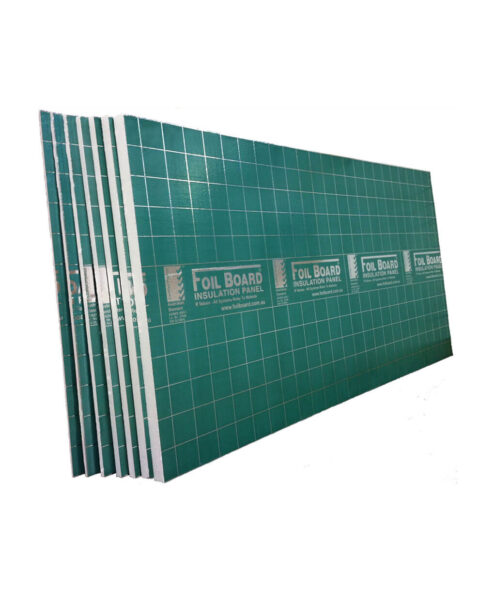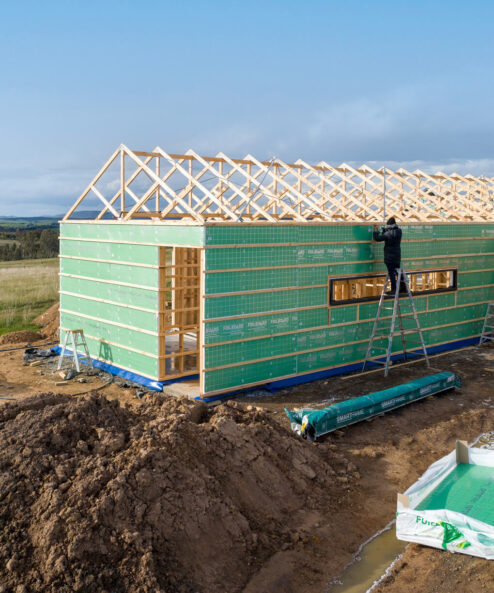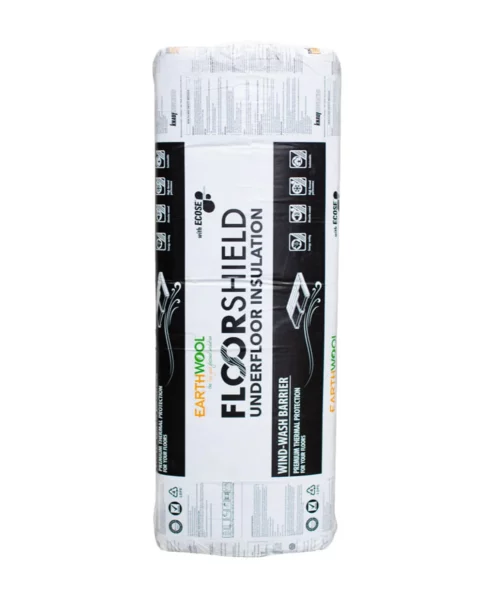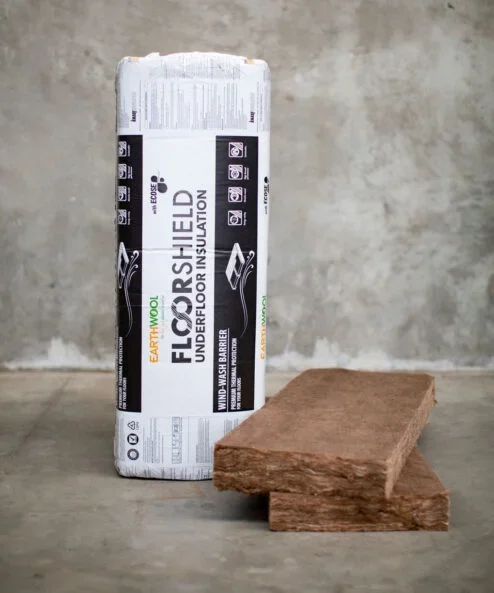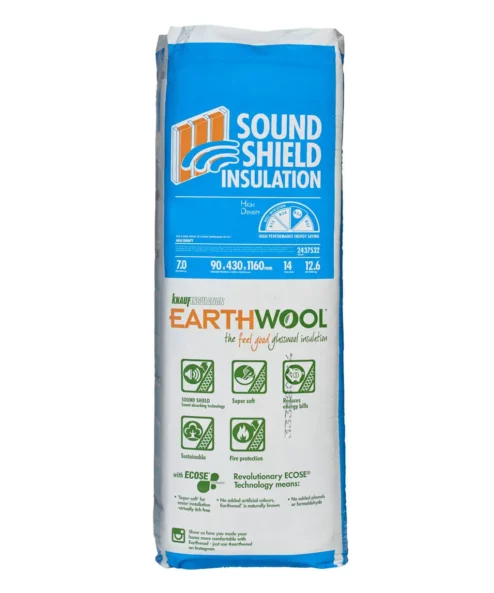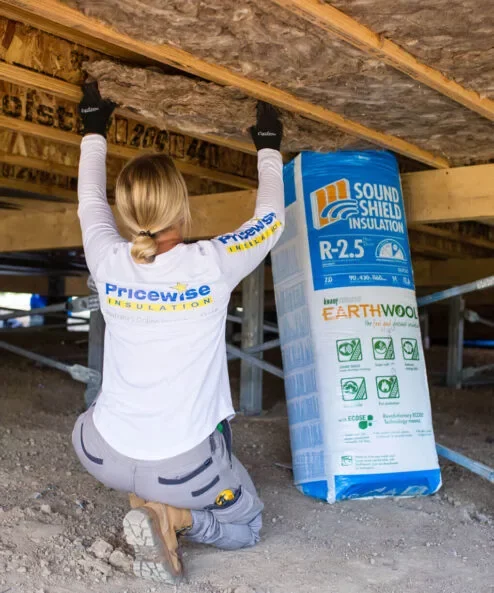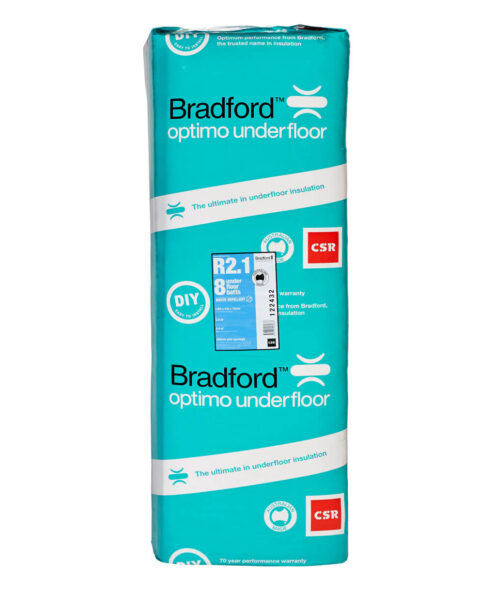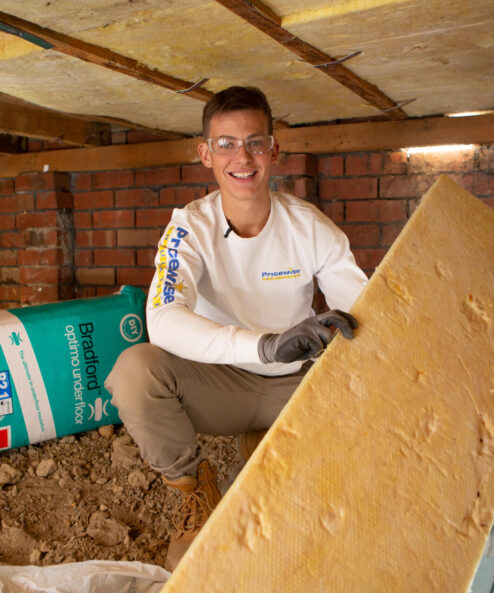Insulation Tips
What is Basement Ceiling Insulation and Is it worth it?
What is basement ceiling insulation?
As the name suggests, basement ceiling insulation is designed to be fitted into the ceiling of basements and provide a layer of heat regulation not only to the basement but also to the rooms located on the floor directly above. Basement insulation helps keep your basement cooler in the summer and your home warmer in the winter months as warm air inside your home gets trapped above the basement ceiling. Regulating your temperature like this can indeed help reduce energy bills. But more on that later. There are many different ways to insulate your basement, some of which will need customising to fit your needs. The team here at Pricewise Insulation are ready to assist you in choosing the right solution for your home.Why is insulating your basement important?
Insulating your basement ceiling comes with several benefits, including:1. Mitigate temperature fluctuations
Basements often suffer the most from temperature fluctuations, and given their position below ground, they can either feel too hot in summer or too cold in winter. If you’re storing perishable items like wine in your basement, you’re going to want to keep temperature fluctuations to a minimum. Basement ceiling insulation is your best bet to fight these temperature anomalies.2. Reduce mould and bacteria
Basements are known to be the ideal place for mould and other bacteria to grow. That’s why storing delicate items including clothes for long periods in the basement is risky – particularly if there’s moisture around. Insulating your basement can help reduce the chance that your basement will fall prey to these infestations,3. Better insulate your home
Ensuring your basement is well insulated is an essential step towards weather-proofing your home’s most vulnerable and heat-loss-prone areas. Come winter, up to 20% of your home’s heat is lost through the floors. Installing basement ceiling insulation can help mitigate this.4. Lower your energy bill
A better-insulated home means a lower energy bill at the end of the month. With energy prices being as high as they are, insulating your basement ceiling might just be the missing link to protecting your home from exorbitant energy bills.What is the best basement ceiling insulation?
When it comes to protecting your home, quality matters. Here at Pricewise Insulation, we recommend two different types of insulations depending on how your basement ceiling is constructed. If your basement ceiling is exposed, then we recommend rigid board insulation such as:Pirmax PIR
Primax PIR is an Australian-made, rigid thermal panel that is ideal for places where minimal cavity is required. Both sides are faced with a reflective foil layer and the panels are relatively lightweight, allowing for easy installation. Primax PIR has the highest thermal value of any PIR insulation product and it is fully compliant with the Australian National Construction Code.Kingspan Kooltherm
Kingspan Kooltherm soffit board insulation offers super high performance, fibre-free rigid panels. This Australian-made product is faced on both sides with a layer of reflective aluminium foil to ensure maximum insulating performance. In addition, the rigid panels can be easily cut and installed to fit any space and room shape. If your basement has a suspended or framed out ceiling, then we recommend glasswool or polyester insulation such as:Bradford Gold Batts
Bradford Gold Batts thermal ceiling insulation is made from glasswool that contains millions of air pockets. These resist the flow of air and radiation, acting as a great insulator and keeping the temperature inside under control.Bradford Polymax
Bradford Polymax polyester ceiling insulation is made locally in Australia from 80% recycled fibre. It’s also odourless, non-irritant, and relatively easier to install than glasswool insulation because of its light weight. Another advantage is that Bradford Polymax is 100% reusable, making it an environmentally-friendly choice for insulation.How to install basement ceiling insulation
Insulating your basement ceiling can be a challenge. Compared to other more traditionally accessible spaces in and around the house, the basement often comes with the most surprises. With that in mind, here’s a step-by-step guide on how to install Basement ceiling insulation:- Map out where you can insulate – and where you can’t. This should give you a solid idea of how much insulation you’ll need.
- Attach one end of the insulation to the underside of the first rafter.
- Roll out the insulation underneath the rafters while ensuring that the white side is facing inwards.
- Fix the insulation to the underside of the afters using an appropriate screw (4 screws per roll width at each rafter intersection).
- Cut insulation so that it fits neatly around any protrusions, taking care to give electrical or heating fittings a 50mm clearance.

